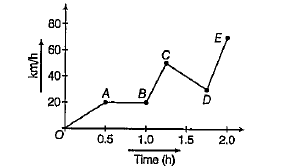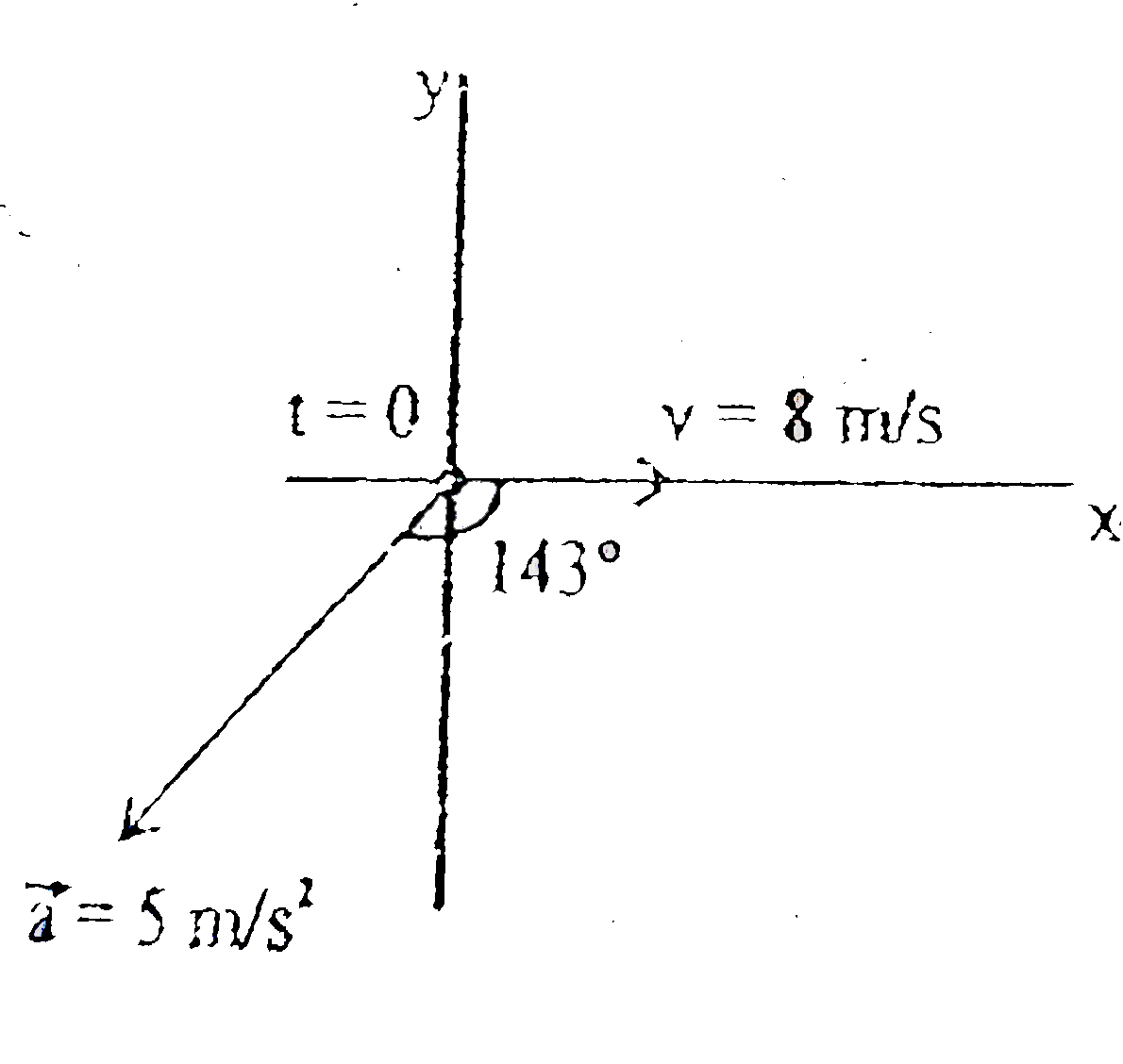In (Q. 24.) the tension in string is T and the linear mass density of string is μ. The ratio of magnitude of maximum velocity of particle and the magnitude of maximum acceleration is
12π√μl2T
2π√μl2T
12π√Tμl2
14π√μl2T
The correct Answer is:A
To solve the problem, we need to find the ratio of the maximum velocity of a particle on the string to the maximum acceleration of that particle. We will use the properties of standing waves and the relationships between tension, mass density, and wave frequency.
1. Understand the Wave Equation:
The displacement of a particle in a standing wave can be expressed as:
y(x,t)=2Asin(kx)cos(ωt)
where A is the amplitude, k is the wave number, and ω is the angular frequency.
2. Calculate Maximum Velocity:
The velocity v of a particle is given by the time derivative of the displacement:
v=dydt=−2Aωsin(kx)sin(ωt)
The maximum velocity vmax occurs when both sin(kx) and sin(ωt) are at their maximum value of 1:
vmax=2Aω
3. Calculate Maximum Acceleration:
The acceleration a is the time derivative of the velocity:
a=dvdt=−2Aω2sin(kx)cos(ωt)
The maximum acceleration amax occurs when sin(kx) and cos(ωt) are both at their maximum value of 1:
amax=2Aω2
4. Find the Ratio of Maximum Velocity to Maximum Acceleration:
Now, we can find the ratio:
Ratio=vmaxamax=2Aω2Aω2=1ω
5. Express Angular Frequency in Terms of Tension and Linear Mass Density:
The angular frequency ω can be expressed in terms of the tension T and linear mass density μ:
ω=2πf
where f is the frequency. The frequency for a string fixed at both ends is given by:
f=n2L√Tμ
For the second harmonic (n=2):
f=22L√Tμ=1L√Tμ
Thus:
ω=2π(1L√Tμ)=2πL√Tμ
6. Substituting Back into the Ratio:
Now substituting ω back into the ratio:
Ratio=1ω=L2π√μT
Final Answer:
The ratio of the magnitude of maximum velocity of the particle to the magnitude of maximum acceleration is:
L2π√μT
The displacement of a particle in a standing wave can be expressed as:
y(x,t)=2Asin(kx)cos(ωt)
where A is the amplitude, k is the wave number, and ω is the angular frequency.
The velocity v of a particle is given by the time derivative of the displacement:
v=dydt=−2Aωsin(kx)sin(ωt)
The maximum velocity vmax occurs when both sin(kx) and sin(ωt) are at their maximum value of 1:
vmax=2Aω
The acceleration a is the time derivative of the velocity:
a=dvdt=−2Aω2sin(kx)cos(ωt)
The maximum acceleration amax occurs when sin(kx) and cos(ωt) are both at their maximum value of 1:
amax=2Aω2
Now, we can find the ratio:
Ratio=vmaxamax=2Aω2Aω2=1ω
The angular frequency ω can be expressed in terms of the tension T and linear mass density μ:
ω=2πf
where f is the frequency. The frequency for a string fixed at both ends is given by:
f=n2L√Tμ
For the second harmonic (n=2):
f=22L√Tμ=1L√Tμ
Thus:
ω=2π(1L√Tμ)=2πL√Tμ
Now substituting ω back into the ratio:
Ratio=1ω=L2π√μT
The ratio of the magnitude of maximum velocity of the particle to the magnitude of maximum acceleration is:
L2π√μT
Topper's Solved these Questions
Similar Questions
Knowledge Check
The magnitude of maximum acceleration of car occurs at
 AOABBCCCDDDE
AOABBCCCDDDEThe speed on string with tension T and linear mass density μ is -
AV=√TμBV=√BρCV=√YρDNone of theseThe linear mass density 'μ' of the string is (where, mass of the string = m, length of the string = L)
AmLBmLCmt2DmL3
An object is moving in x−y plane its velocity and acceleration at t=0 are represented in figure.

The ratio of magnitude of velocity to magnitude of component of acceleration along velocity at t=0 :-
View SolutionIn (Q. 1.) the maximum displacement of particle of string is
View SolutionA particle executes a linear S.H.M. of amplitude 8 cm and period 2s. The magnitude of its maximum velocity is
View SolutionA particle is performing simple harmonic motion with amplitude A and angular velocity ω . The ratio of maximum velocity to maximum acceleration is
View SolutionTwo masses m1andm2 are connected to the end of a string passing over a smooth pulley . The magnitude of tension in the string is T and the masses are moving with magnitude of acceleration a . If the masses are interchanged , then
View Solution
